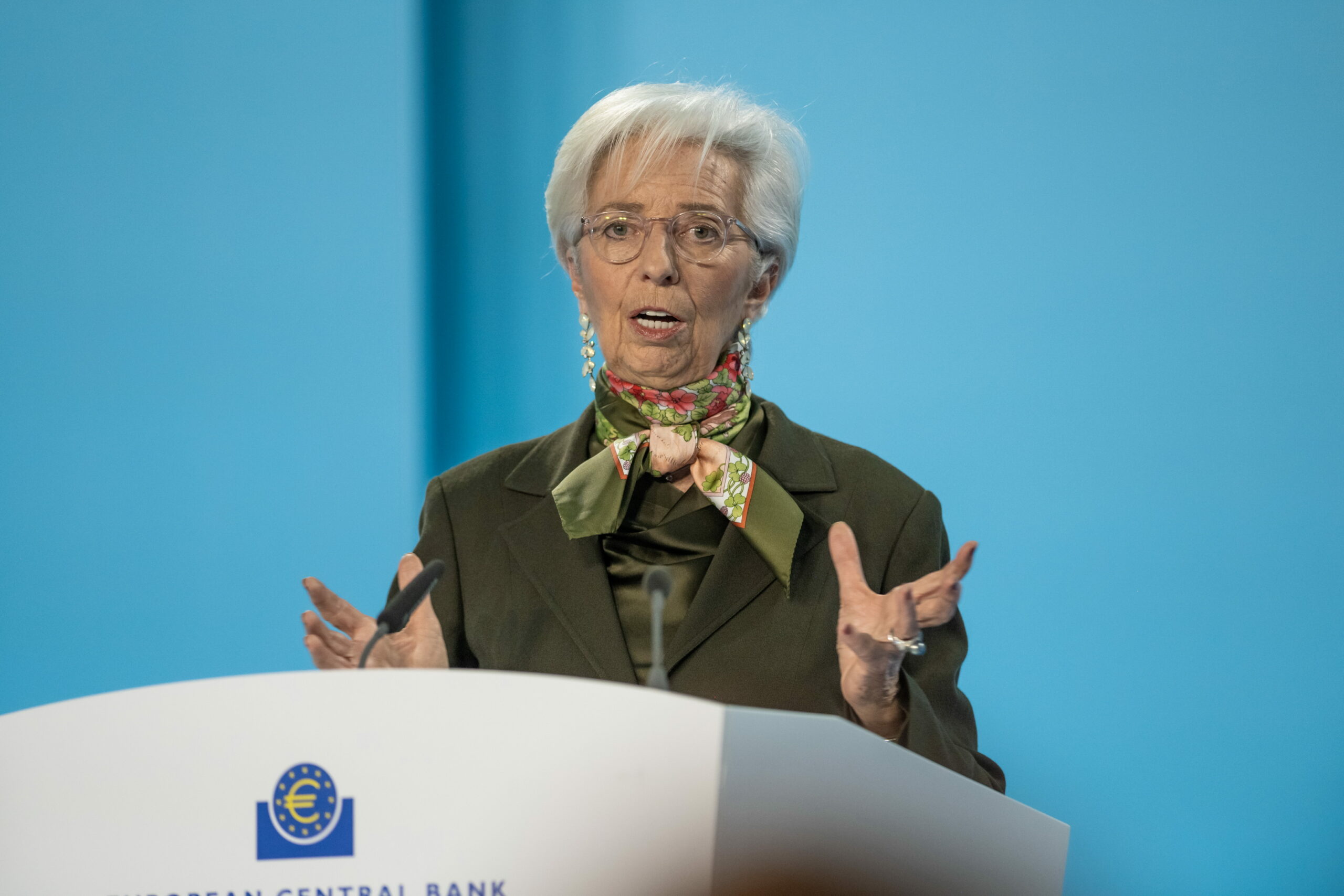Here’s how, when and why the ECB will be less rigorous

The ECB will aim to further reduce the reinvestments of APPs in the second half of the year. The analysis by Konstantin Veit, Portfolio Manager at PIMCO
At its February meeting, the European Central Bank (ECB) raised the deposit rate by another 50 basis points (bp), reaching 2.5%, thus taking the key rate into restrictive territory. The ECB has clarified that it will continue to expect a significant increase in interest rates, with the aim of ensuring the timely return of inflation to its medium-term target of 2%.
Euro area headline inflation for January is expected to be around 8.5% and core inflation at 5.2% when final data are released at the end of the month (preliminary estimates indicated both 8.5% and 5.2%). A peak in the reference rate of around 3.25%-3.5% expected by the market does not seem unreasonable, given the still great uncertainty about inflation dynamics.
WHAT THE ECB SAID ABOUT RATES AND INFLATION
The ECB reiterated that there is still a lot to do regarding interest rates. The trend of wage settlements continues to favor workers. The central bank forecasts growth in compensation per employee to be 3.9% year-on-year in 2025, well above the long-term average of 2.1%. Furthermore, fiscal policy is largely seen as not focused enough and market-based financial conditions are probably still too loose for the ECB's goals – the market expects rate cuts as early as the second half of the year.
For inflation to fully normalize back to the ECB's 2% target, some cooling of the economy and the labor market is likely to be needed. The recent underlying economic resilience of the euro area is therefore not entirely good news for the ECB. We remain cautious on short-term European duration.
THE TERMINAL RATE
ECB President Christine Lagarde stressed that there is no forward guidance on interest rates and that the ECB remains firmly in meeting-by-meeting mode, with inflation dynamics guiding the future path of key rates. However, he also announced his intention to raise interest rates by another 50 basis points at the next monetary policy meeting in March, where he will assess the subsequent policy path in light of the new macroeconomic projections from ECB staff. But Lagarde hinted that there are likely to be more rate hikes beyond the next meeting.
Our convictions remain low on the path and extent of further hikes, given the uncertainties surrounding the evolution of inflation. Unless new ECB staff macroeconomic projections dictate otherwise, another 50 percentage point hike in March certainly looks like a done deal, while visibility beyond the very short term remains low. Therefore, we do not disagree with the terminal rate currently expected by the market, but we continue to be quite skeptical about the rate cuts expected for the second half of the year and we see the risk that the ECB will maintain a tightening stance longer than the market currently expect.
THE BUDGET
As part of further monetary tightening, the ECB's balance sheet will start to shrink from early March as the Eurosystem (comprising the ECB and the national central banks of EU member states whose currencies are euro) will only partially reinvest the principal payments of maturing securities in the asset purchase program (APP) portfolio. The balance sheet reduction will amount to about 15 billion euros per month on average until the end of the second quarter, which broadly translates into the reinvestment of only 50% of maturing securities in that period.
While the impact of quantitative tightening on the size of the ECB's €7.9 trillion balance sheet and excess liquidity will be modest in the near term, the main impact will be a sizeable increase in market-based bond issuance and we expect the net supply of European government bonds will more than double this year. The reduction in APP holdings will be proportional to the four APP portfolios, but within the corporate bond portfolio, reinvestments will be directed towards issuers with better performance in terms of climate impacts.
We believe that the ECB will aim to further reduce APP reinvestments in the second half of the year, while continuing to fully reinvest its Pandemic Emergency Purchase Program (PEPP). PEPP reinvestments remain the first line of defense in the fight against fragmentation, although in the December meeting minutes some ECB members expressed their preference for a reduction of the APP portfolio at a faster pace or for a complete cessation of reinvestments.
Finally, we could see further efforts to greener the stock of public and private sector bonds over time, in line with recent reflections by ECB Executive Board member Isabel Schnabel. These efforts could include moving from a flow-based approach to an instrument-based approach for private sector bond portfolios, increasing the share of bonds issued by supranational institutions and agencies, and some restructuring of the sovereign bond portfolio towards green bonds.
This is a machine translation from Italian language of a post published on Start Magazine at the URL https://www.startmag.it/economia/bce-meno-rigorista/ on Sun, 12 Feb 2023 06:33:19 +0000.
